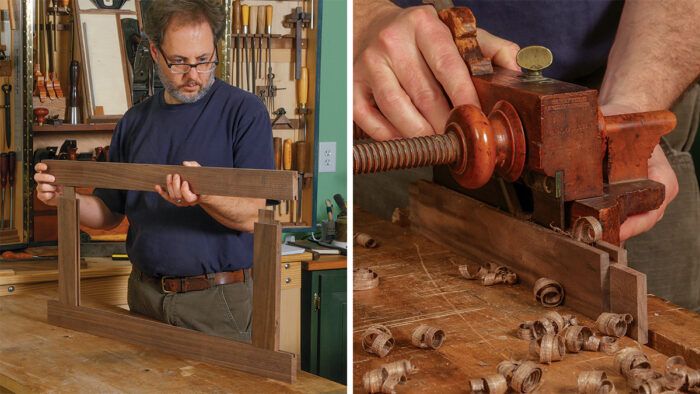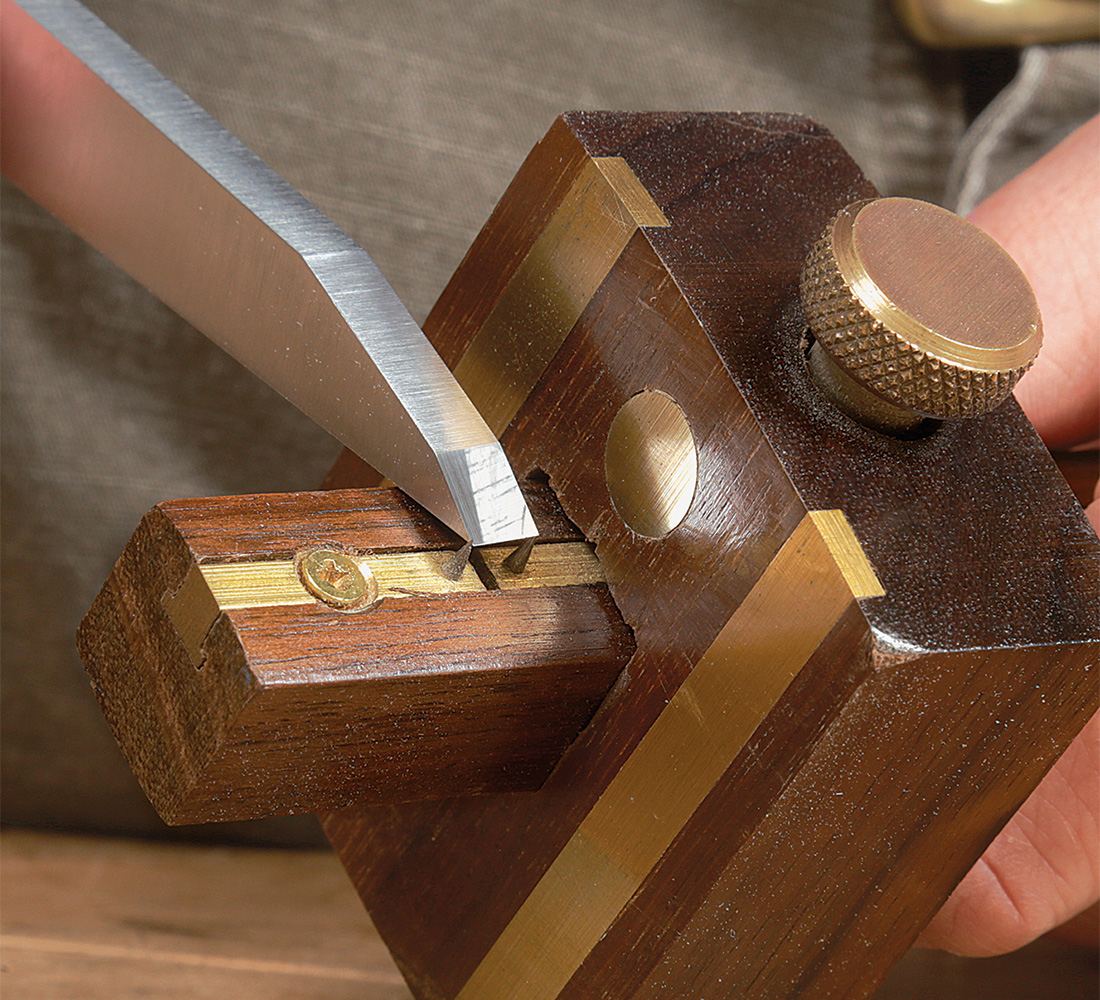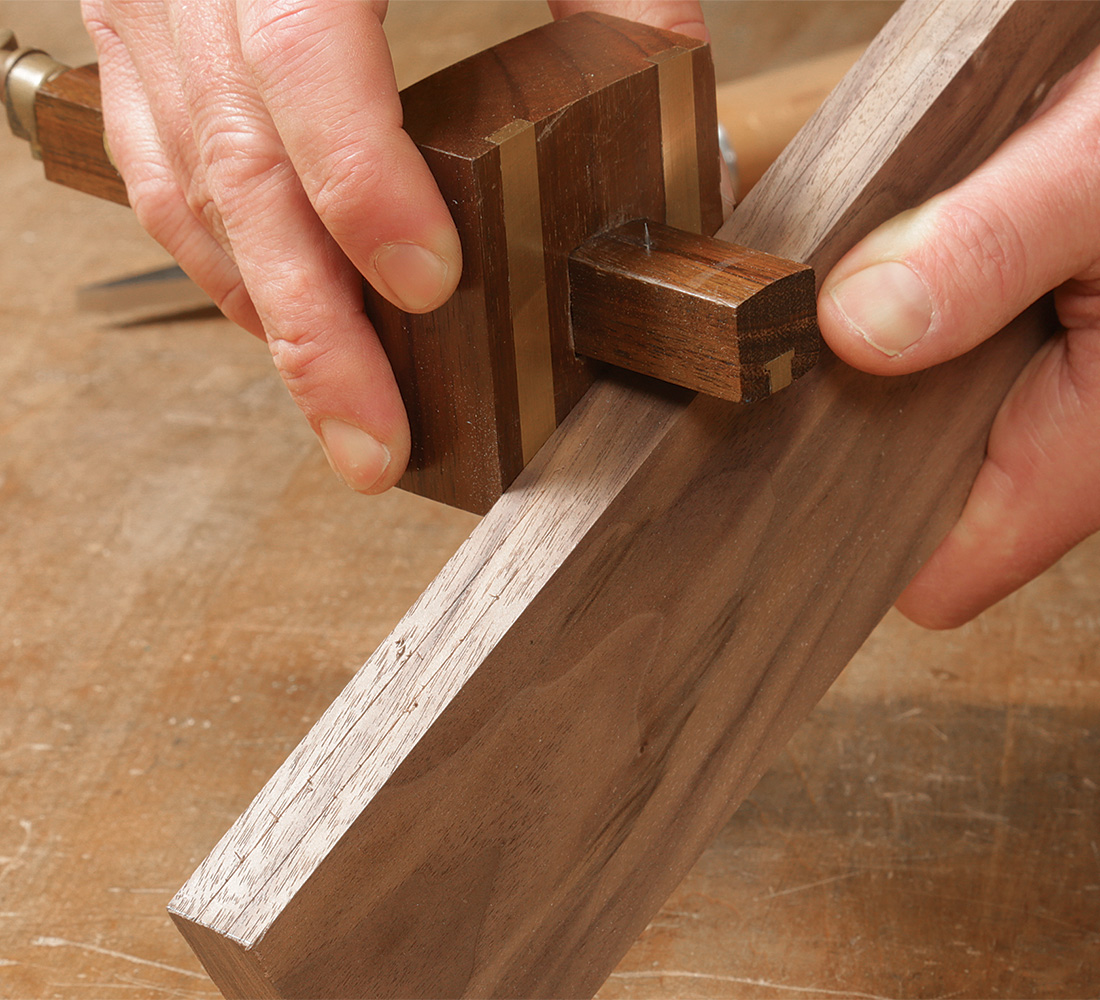Synopsis: A frame-and-panel is each a secure and delightful possibility for cupboard doorways, however there are some challenges to its development. The mortise-and-tenon joints may be fussy to cut and noticed by hand. Within the first of two Handworks on the method, Invoice Pavlak demonstrates methods to make the body: chopping the mortises, becoming the tenons, and slicing the haunch.
A frame-and-panel is a timeless answer to wooden motion. Wooden panels are liable to cupping and warping, however a body mitigates this by capturing the panel in a grooved body constituted of slim inventory. This development presents the soundness of the body together with the sweetness and effectivity of extensive panels. The body has mortise-and-tenon joints, sometimes with the mortises on full-length stiles and the tenons on the rails. Each mortises and tenons appear so easy; one is a small rectangle of wooden on the finish of a board, and the opposite is the oblong opening for that rectangle. But each can pose some severe challenges when executed by hand. It’s simple to spend so much of time fussing the joint solely to have it wind up twisted, out of sq., sloppy, or unfastened—or the entire above. Right here, I’ll lay out suggestions for chopping and sawing, however I may even clarify what to do earlier than and after these steps to permit for extra environment friendly, correct, and controllable outcomes.
As a result of making mortise-and-tenon joints by hand is complicated sufficient, I’ll deal with right here the body alone. Partially 2, I’ll deal with the opposite half of the equation: elevating a panel by hand.
Format
Pioneer Vary Mortise Marking Gauge
8″ in size
Brass thumb screw
Sustainable Stabilized Bamboo
Excessive carbon metal marking pins
Adjustable slide for mortise structure
Value: $71.99 on the time of writing
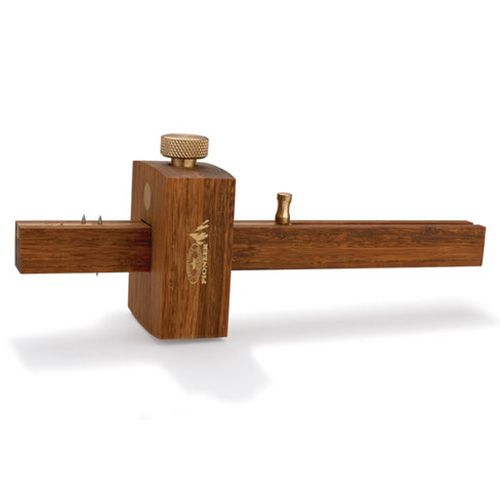
Mortise first
Repeatedly beating a stout chisel right into a block of wooden with a hefty mallet is loud and violent. To the uninitiated, it additionally makes little sense. How may such brutality result in the precision required for a well-fitting joint? To handle that query, I’ve adopted two ideas for working smarter, not tougher.

First, the underside of a mortise doesn’t should be flat. All people is aware of that, however I believe most folk assume which means the underside can have slight undulations and just a little overcut right here or there. That’s what I assumed till I began learning antiques. By not flat, consider the Himalayas silhouetted by the setting solar. So long as you don’t go away wooden behind that may stop the joint from closing, or chisel during once you don’t need to, you’re good.
Second, a mortise doesn’t should be excellent proper off the chisel. I beat myself up over this for a very long time for no motive. Chop your joint as true as attainable. I belief my sense of sq. for 90° after which sight in opposition to a bevel gauge for every thing else. I’m not often dead-on, however I’m normally off by just a few levels. How do I examine? As my colleague Brian Weldy confirmed me, the reply is dummy tenons—inventory that matches snugly within the mortise and divulges its trajectory.
After sighting the angle, use a large paring chisel to tweak the offending areas of the mortise wall to get the angle proper. A newbie’s mistake is to cut undersize mortises after which depend on paring. Should you chop mortises the proper dimension first—I like to recommend matching the width of your mortise to the width of your chisel—you’ll nonetheless have the ability to pare just a little away with out opening the joint an excessive amount of, and you’ll work a lot quicker. Keep in mind, you’ll minimize your tenons to suit your mortises, so that you’ll have an opportunity to account for any extrawide mortises later.

Starrett 4″ Double Sq.
– Small-size device for checking or setting 90 diploma angles
– 4″ double sq., adjustable
– Working surfaces floor to a demanding +/- .00001″
– Guidelines are marked with 1/64″, 1/32″, 1/16″, and 1/8″ graduations
Value: $119.99 on the time of writing
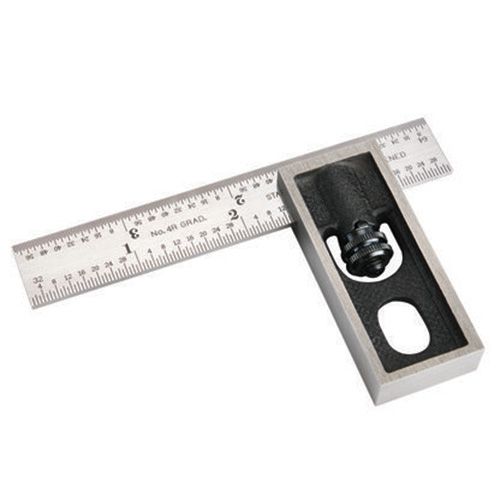
Earlier than working the panel groove alongside the stiles, scribe the joint with the mortising gauge on the identical setting you used to put out the mortises. This scores the fibers to restrict tearout from the plow airplane. I repeat this step on the rails for a similar motive. Nevertheless, I mortise earlier than grooving to keep up my mortise’s structure strains. Plus, an unsquare groove would tip my chisel off 90°.
Images: Barry NM Dima

From Tremendous Woodworking #302
To view the whole article, please click on the View PDF button beneath.
Join eletters in the present day and get the most recent methods and how-to from Tremendous Woodworking, plus particular presents.
Obtain FREE PDF
once you enter your electronic mail deal with beneath.


